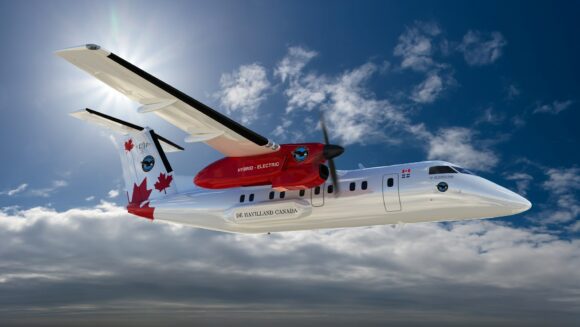Reports broken by Bloomberg last week indicate that EASA has identified five issues to resolve with the Boeing 737 MAX, only four of which had previously been publicly discussed. Apart from the MCAS, the EASA identified issues included training, trim wheel force, unreliable AoA sensors and the software issue resulting from a lagging microprocessor, a new issue with the autopilot has also been identified.
Reports indicate that the autopilot does not always disengage when it should, and could interfere with pilot intervention to prevent an aerodynamic stall in certain situations.
Subscriber content – Sign in
[maxbutton id=”1″ ] [maxbutton id=”2″ ]



